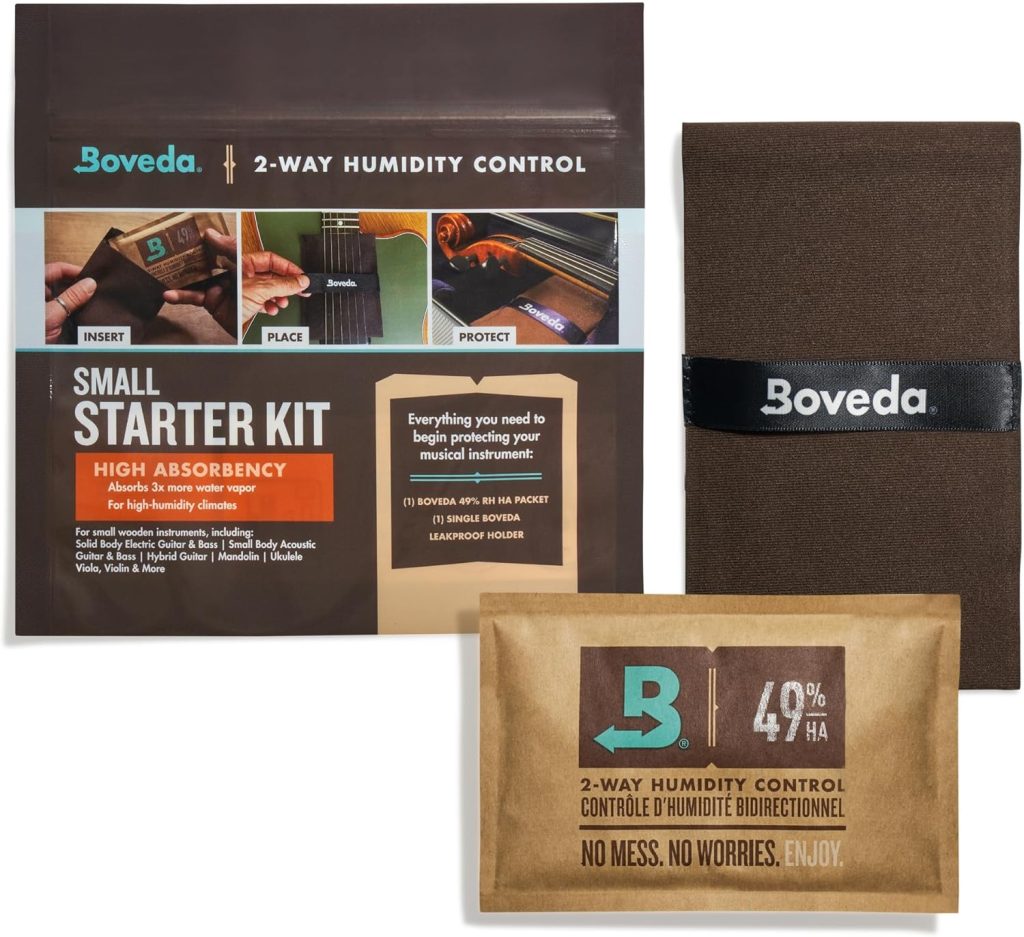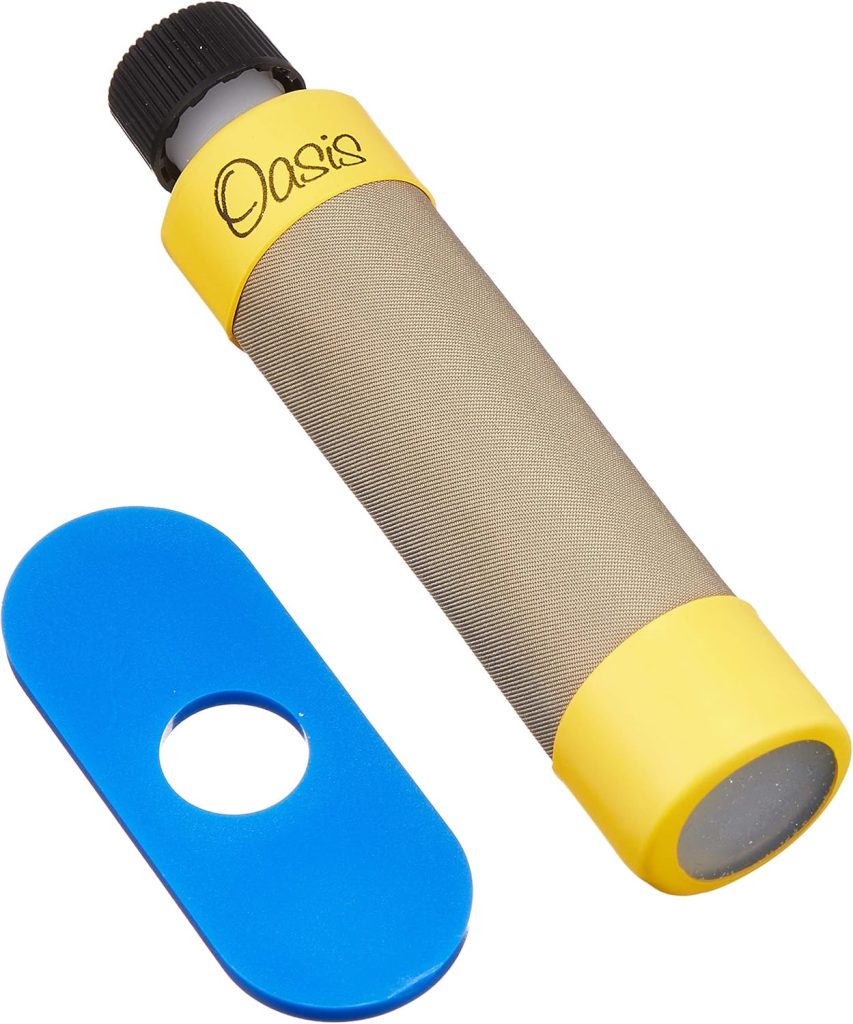Martin Lifespan 2.0 Treated Strings Review

Discover the longevity and bright tones of Martin Lifespan 2.0 Treated Strings. Elevate your guitar’s sound with durability, style, and anticorrosion magic!
Martin Authentic Acoustic Guitar Strings Review

Unlock your guitar’s true voice with Martin Authentic Acoustic Guitar Strings – Lifespan 2.0. Discover unmatched durability, tone, and versatility in every strum.
Boveda Music Large Starter Kit Review

Keep your instruments in tune with Boveda’s Music Large Starter Kit. Enjoy effortless humidity control for guitars, cellos, and more. No fuss, all strum!
RDM Guitar Humitron Humidifier Review

Preserve your guitar’s voice with the RDM Humitron Humidifier. Easy to use and reliable, it tunes your instrument’s environment for perfect harmony.
D’Addario Guitar Strings EJ16 Review

Discover the perfect acoustic warmth with D’Addario EJ16 guitar strings. Unravel their rich tonal spectrum in our review and elevate your musical journey today!
D’Addario EJ11 80/20 Bronze Guitar Strings Review

Explore the vibrant tones of D’Addario 80/20 Bronze guitar strings. Precision-wound for bold sound, they’re ideal for every strumming adventure.
D’Addario Guitar Humidifier Review

Discover how the D’Addario Guitar Humidifier can save your acoustic guitar from dry-season damage. User-friendly, non-drip design ensures perfect humidity, every time.
O Oasis OH-5 Humidifier Review

Reviewing the Oasis OH-5 Humidifier for Acoustic Guitars: Save your beloved instrument from the dry season’s wrath with this trusty, in-soundhole humidifier made in the USA.
D’Addario Humidipak Review

Tired of fiddling with guitar humidifiers? The D’Addario Humidipak Maintain Kit automates humidity control and protects against damage—easy, maintenance-free peace of mind.
Ernie Ball Earthwood Light Strings Review

Discover the Ernie Ball Earthwood Light Strings in our latest review. Experience rich, full-bodied tones with effortless playability and durability, perfect for any guitarist.
